Welcome Emails: Make a Lasting First Impression!
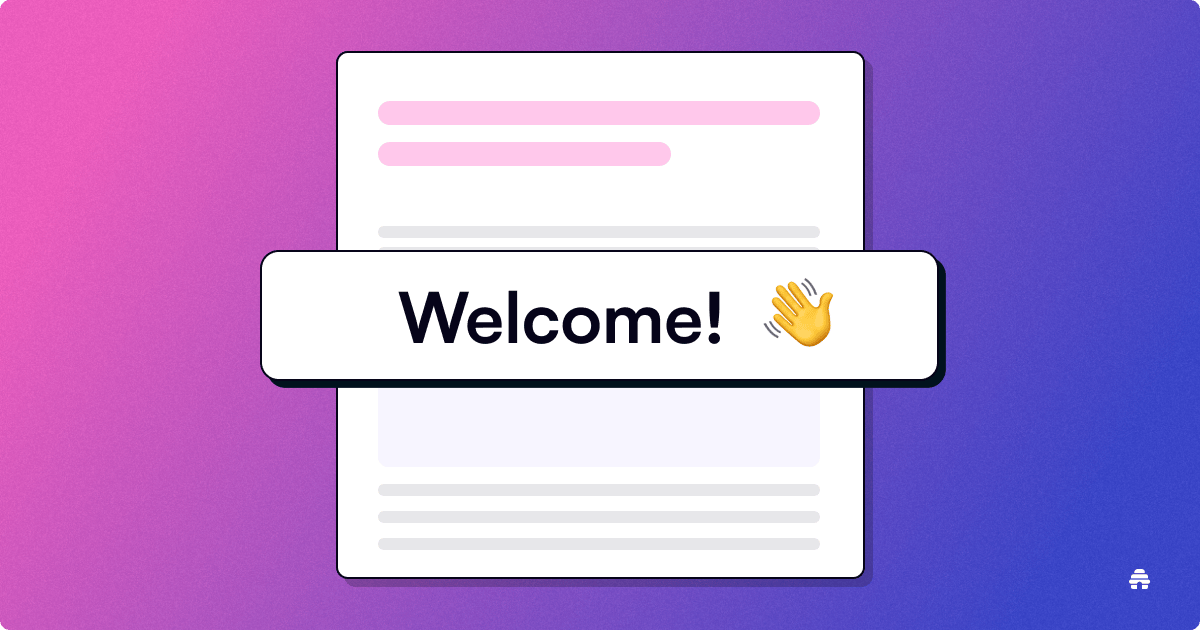
Welcome emails are an essential first impression for newcomers to your brand. They play a key role in shaping the relationship with new subscribers or customers, becoming a crucial aspect of your engagement and retention efforts. In this detailed guide, we’ll delve into the nuances and importance of welcome emails, covering their meaning, advantages, best practices, and a lot more.
What is a Welcome Email?
The world of digital marketing is ever-evolving, and yet some core concepts withstand the test of time. Among these is the welcome email, a simple yet effective means of communication that can foster relationships, promote brand loyalty, and drive sales.
Definition and Purpose
A welcome email marks the new subscriber’s first encounter with a company, arriving shortly after they sign up for newsletters, services, or products. Its main goal is to extend a hearty greeting, express gratitude for their interest, and share vital details about what they can anticipate from the brand in the future.
This inaugural message sets the stage for upcoming communications, often infused with a warm tone, a summary of available services or products, and occasionally enticing offers or promotions exclusively for newcomers. Ultimately, welcome emails function as more than just a friendly wave; they act as a compass guiding subscribers through their upcoming journey with the brand.
Key Characteristics of Effective Welcome Emails
To truly harness the power of welcome emails, it’s important to understand their key characteristics:
- Personalization: Using the subscriber’s name and tailoring content based on their preferences can increase engagement rates significantly.
- Clarity: The message should be clear and straightforward, avoiding jargon and complicated language. It’s crucial that the user understands the value of being subscribed.
- Visual Appeal: Incorporating branding elements like logos, colors, and images enhances the aesthetic appeal and makes the email memorable.
- Call to Action: A strong and clear call to action encourages users to engage further, whether that’s exploring the website, making a purchase, or downloading an app.
By focusing on these characteristics, brands can create impactful welcome emails that resonate with their audience while enhancing customer experience.
Benefits of Sending Welcome Emails
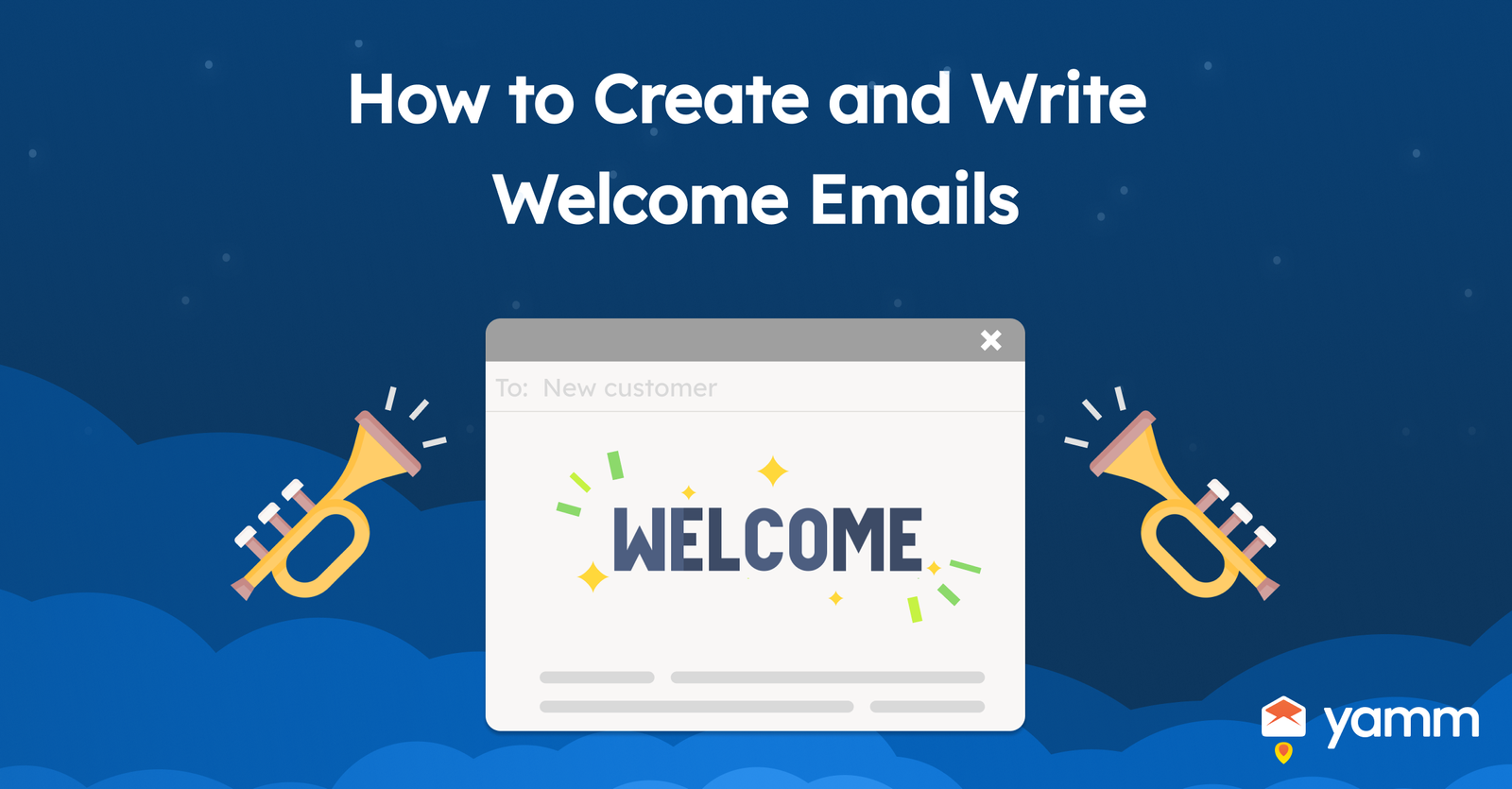
Sending a welcome email goes beyond simply acknowledging a new subscriber; it comes loaded with a variety of benefits that can significantly impact your business positively.
Enhancing Customer Engagement
One of the primary advantages of sending welcome emails is the opportunity to enhance customer engagement. When users receive a personalized welcome message shortly after subscribing, it piques their interest and motivates them to explore more.
Engagement can be measured in several ways, such as click-through rates, website visits, and social media interactions. Sending a well-crafted welcome email can lead to higher engagement metrics as it invites subscribers to interact with the brand right from the start. It sets a precedent for future communications and creates a sense of community.
Building Trust and Credibility
In today’s digital landscape, building trust is paramount. A welcome email serves as a reassurance that the subscriber has made a wise decision by joining your community. By providing valuable content, such as tips for utilizing your product or testimonials from satisfied customers, you can establish credibility.
Moreover, transparency is key. Informing subscribers about how their data will be used, any upcoming promotions, or the company’s values fosters a trusting relationship. This trust translates into long-term loyalty, resulting in repeat purchases and referrals.
Increasing Retention Rates
Retention is the ultimate goal for any business, and welcome emails play a crucial role in achieving this. Research shows that engaged customers are more likely to remain loyal and make additional purchases. A well-designed welcome email can keep subscribers active and interested in your offerings.
By showing appreciation for their subscription and providing useful resources, brands can prevent potential churn. Additionally, follow-up sequences that build upon the welcome email can further solidify the relationship, leading to increased customer lifetime value.
Timing Your Welcome Email
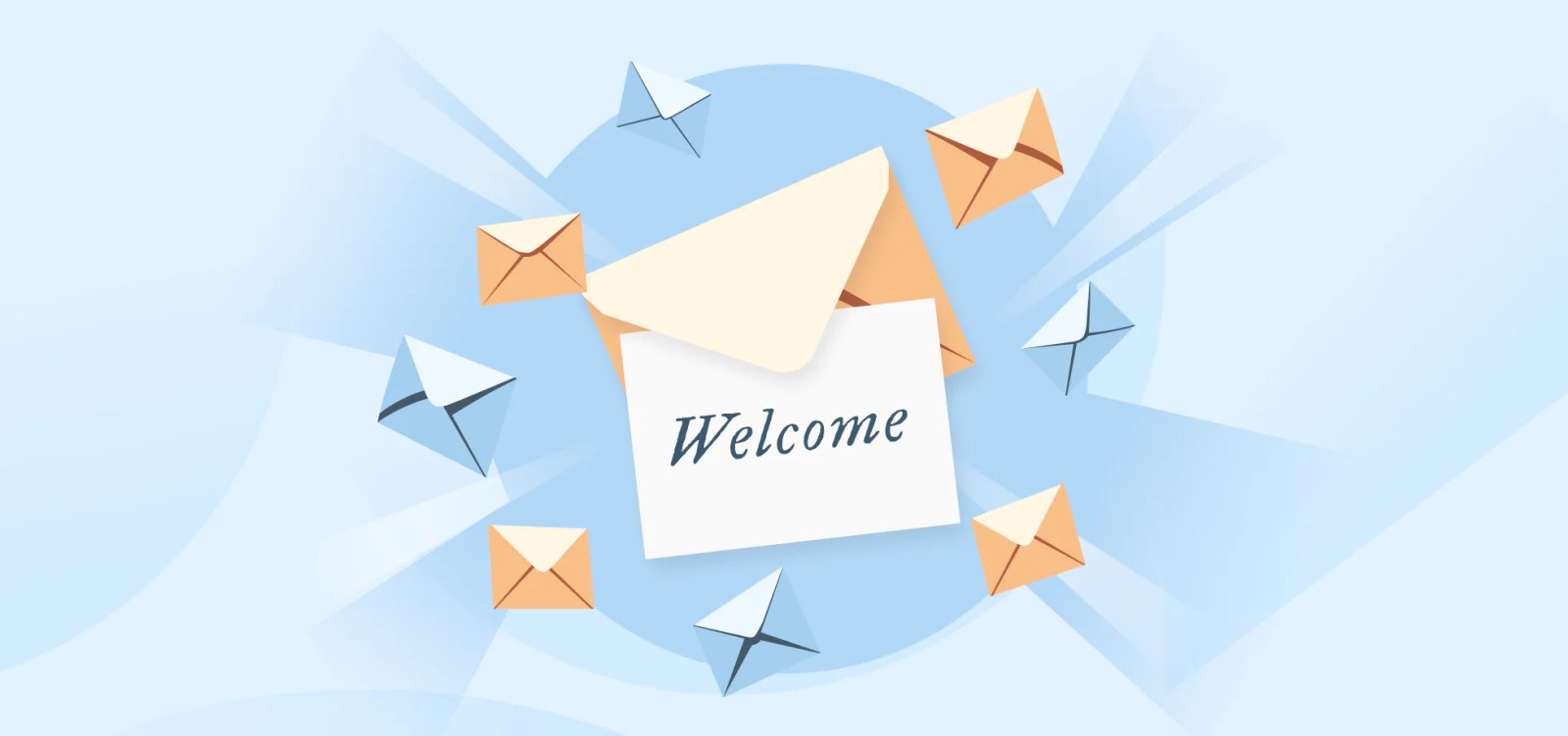
The timing of your welcome email can greatly influence its effectiveness. Understanding when to send the email can determine whether or not it captures the recipient’s attention.
Immediate Send vs. Delayed Delivery
There are two main approaches when it comes to sending a welcome email: immediate sends and delayed deliveries.
Immediate sends involve delivering the welcome email right after the subscriber signs up. This method capitalizes on the excitement of the new subscription, ensuring that your message reaches the subscriber while they are still engaged.
On the other hand, delayed delivery allows brands to segment their audience further, crafting messages specifically tailored for different groups. For instance, if someone subscribes during a promotional period, sending a welcome email a few days later that highlights relevant offers can prove beneficial. It provides an opportunity to adapt the messaging based on user behavior.
Best Practices for Optimal Timing
Regardless of the approach you choose, there are several best practices for optimal timing:
- Analyze User Behavior: Look into when your target audience is most active online. If your analytics indicate peak engagement times, consider scheduling your welcome email accordingly.
- Test Different Times: Conducting A/B tests to determine what works best is invaluable. You may find that certain demographics respond better at specific times.
- Follow Up: Consider creating a series of follow-up emails to deepen engagement after the initial welcome email. This ensures continued interaction and nurtures the relationship over time.
Crafting the Perfect Subject Line

The subject line is the first thing a subscriber sees, and it can make or break the chances of them opening your email. Crafting the perfect subject line requires strategic thinking.
Techniques for Attention-Grabbing Subject Lines
Creating an engaging subject line involves various techniques that can entice recipients to open the email. Here are a few effective strategies:
- Use Personalization: Incorporating the subscriber’s name or referencing their interests can capture their attention instantly.
- Create Urgency: Using phrases like “Exclusive Offer Inside!” or “Don’t Miss Out!” can prompt the reader to act quickly.
- Be Clear and Concise: Aim for clarity. Ensure subscribers know exactly what they will get by opening the email.
- Pose Questions: Engaging your audience with a thought-provoking question can pique curiosity and encourage them to read more.
Examples of Compelling Subject Lines
Compelling subject lines can come in various forms, and here are a few examples:
- “Welcome to Our Community, [Name]! Here’s What You Need to Know”
- “Your Journey Begins Here: Exclusive Tips Await You!”
- “Unlock Your Special Discount Just for Signing Up!”
By studying successful examples and employing these techniques, you can craft compelling subject lines that resonate with your audience and improve open rates.
Personalization in Welcome Emails

Personalizing your welcome emails can dramatically increase customer satisfaction and engagement. It makes the recipient feel valued and understood.
Importance of Personalization
Personalization transcends merely using the subscriber’s name. It involves adapting the content to meet the individual’s needs, preferences, and behaviors. This approach can yield remarkable results in user engagement. When customers feel that your messages cater specifically to them, they are not only more likely to open the email but to act upon it as well.
Additionally, personalization fosters a sense of belonging. Subscribers are more inclined to develop loyalty towards a brand that understands their unique preferences and tailors experiences accordingly.
Techniques for Personalizing Content
Several techniques can enhance the personalization of welcome emails:
- Dynamic Content: Use dynamic content blocks that change based on the subscriber’s behavior or preferences. This could include product recommendations based on previous purchases or browsing history.
- Segmentation: Segment your email list based on demographics, behavior, or interests. This allows you to send targeted messages that resonate more deeply.
- Surveys and Feedback: Encourage new subscribers to share their preferences through short surveys. This information can help tailor future communications effectively.
By implementing these personalization techniques, you can create welcome emails that not only address the needs of your subscribers but also foster stronger connections.
Crafting an impressive welcome email is a breeze, especially with the right tools. GoHighLevel simplifies designing, automating, and monitoring your welcome email campaigns, so every new subscriber receives a fantastic first impression. With its user-friendly platform, you can create customized messages that kick off a great relationship. Want to learn how GoHighLevel can assist you in making that essential first email a hit? Dive into our comprehensive guide and start impressing your audience today!
Essential Elements of a Welcome Email
Creating an effective welcome email requires attention to several essential elements. Each component contributes to the overall impression and effectiveness of the email.
Greetings and Personal Touches
Starting the email with a warm greeting is fundamental. Using the subscriber’s name in the salutation can add a personal touch, making them feel recognized and valued.
In addition, incorporating a brief introduction about your brand can help set the context. Share your mission or purpose in a concise manner. This establishes a connection and gives readers insight into what makes your brand unique.
Clear Call to Action
Every welcome email should include a clear call to action (CTA) that guides the subscriber towards taking the next step. Whether it’s visiting your website, checking out recent blog posts, or redeeming a special offer, ensure that the CTA stands out visually and textually.
Using action-oriented language in the CTA can further enhance its effectiveness. Instead of saying “Click Here,” try “Discover Your Exclusive Offer” to inspire engagement.
Company Branding and Visuals
Branding plays a critical role in establishing identity and memorability. Utilize your brand’s logo, color scheme, and fonts to create consistency across all your communications.
Visuals can also complement your message. Including high-quality images, engaging graphics, or even a video can elevate the appeal of your welcome email and make it more engaging.
Common Mistakes to Avoid
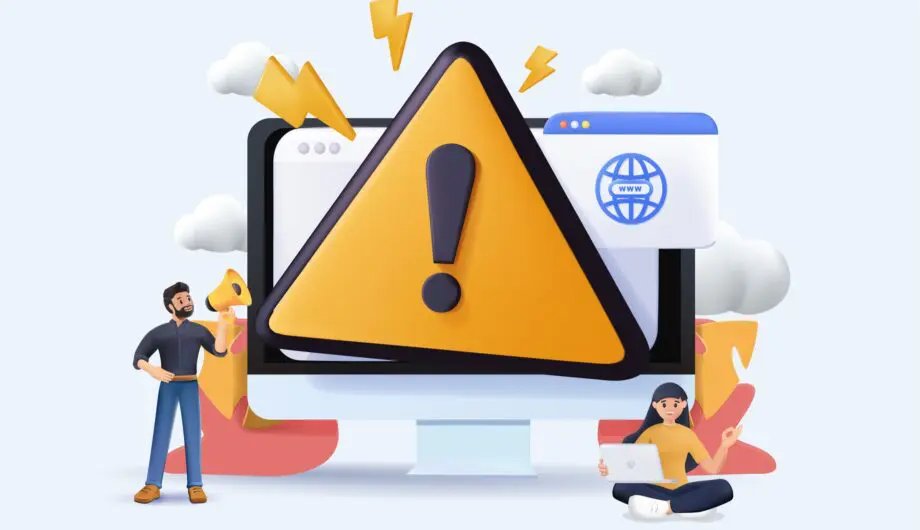
While crafting welcome emails, it’s crucial to avoid common pitfalls that can diminish their effectiveness. Being aware of these mistakes can ensure a seamless experience for new subscribers.
Lack of Personalization
Failing to personalize welcome emails can result in disengagement. Generic messages can make subscribers feel overlooked. Strive to incorporate elements of personalization to demonstrate that you value their presence.
Overly Complex Messaging
Avoid overwhelming your new subscribers with excessive information. Keeping the message concise and digestible is essential. Highlight the most important points and leave detailed information for future emails.
Neglecting Mobile Optimization
In today’s mobile-centric world, neglecting mobile optimization can alienate a significant portion of your audience. Ensure that your welcome emails are responsive and visually appealing on mobile devices.
By steering clear of these common mistakes, businesses can significantly enhance the effectiveness of their welcome emails.
Analyzing the Success of Your Welcome Emails
Understanding the success of your welcome emails is critical for refining your strategy. Consistently analyzing performance metrics enables businesses to adjust their approach based on insights gained.
Key Metrics to Track

When evaluating the effectiveness of welcome emails, consider tracking the following metrics:
- Open Rate: This metric reveals the percentage of recipients who opened the email. It helps gauge the effectiveness of your subject line.
- Click-Through Rate (CTR): The CTR indicates how many subscribers clicked on the links within the email, showcasing engagement levels.
- Conversion Rate: This measures the percentage of subscribers who completed the desired action (e.g., making a purchase) after receiving the email.
By regularly monitoring these metrics, brands can identify areas for improvement and optimize their welcome email campaigns.
Tools for Measuring Effectiveness
Many tools are available that can aid in measuring the effectiveness of your welcome emails. Marketing platforms like Mailchimp, HubSpot, and Klaviyo offer comprehensive analytics that allows marketers to track key metrics easily.
These platforms often come equipped with A/B testing features, enabling brands to experiment with different subject lines, content layouts, and CTAs to determine what resonates best with the audience.
A/B Testing Your Welcome Emails
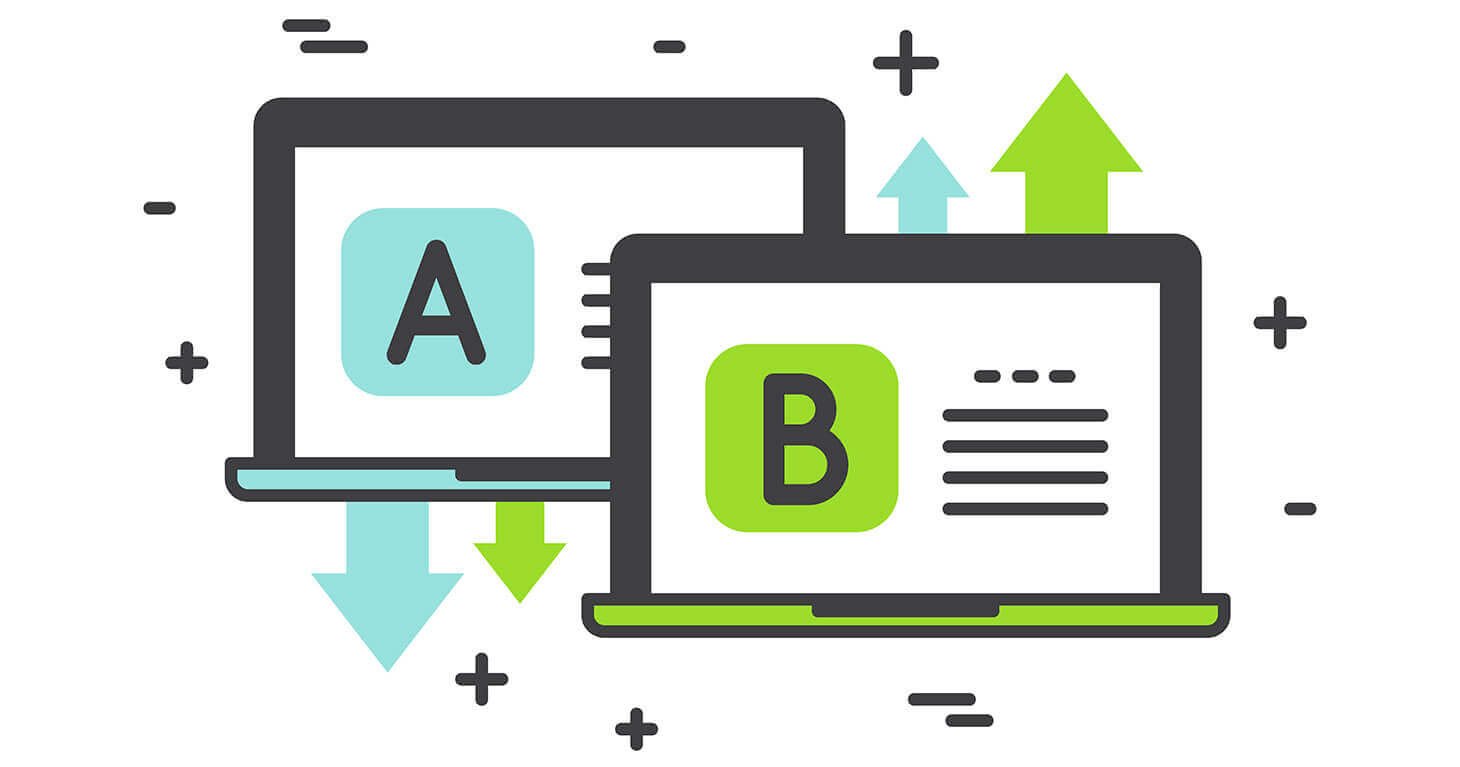
A/B testing is a powerful technique that can enhance the effectiveness of your welcome emails. By testing variations of the same email, businesses can gain insights that inform future campaigns.
Setting Up A/B Tests
To conduct a successful A/B test, follow these steps:
- Identify Variables: Choose one variable to test – this could be the subject line, content layout, send time, or CTA.
- Segment Your Audience: Divide your audience into two equal segments to ensure the test is unbiased.
- Analyze Results: After sending the emails, compare the performance of each version based on your defined metrics (open rates, CTR, conversions).
Making Data-Driven Decisions
Utilizing the insights gathered from A/B tests can lead to data-driven decisions that improve your overall email strategy. By continuously testing and iterating, brands can fine-tune their welcome emails to maximize impact.
Integrating Welcome Emails with Marketing Strategies
Integrating welcome emails into your broader marketing strategy can amplify their effectiveness and create a more cohesive user experience.
Cross-Promotion Opportunities
Welcome emails can serve as a platform for cross-promotion. Leverage this opportunity to promote other products, services, or content that may align with the subscriber’s interests. This can facilitate upselling or encourage further exploration of your brand offerings.
Aligning with Social Media Campaigns
Coordinating your welcome email strategy with social media campaigns can create synergy. Consider promoting your social channels within the welcome email, inviting subscribers to connect on those platforms as well. This increases overall engagement and fosters a sense of community.
Following Up After the Welcome Email
Following up after the initial welcome email is crucial for maintaining engagement and nurturing the subscriber relationship.
Creating a Follow-Up Sequence
Consider developing a series of follow-up emails that build upon the original welcome message. These emails might contain additional resources, offer personalized recommendations, or invite subscribers to participate in events or promotions.
Encouraging Feedback
Encouraging feedback after the welcome email not only demonstrates that you value subscriber opinions, but it also provides valuable insights for future communications. Consider including a brief survey or inviting replies directly to the email.
Emerging Trends in Welcome Emails
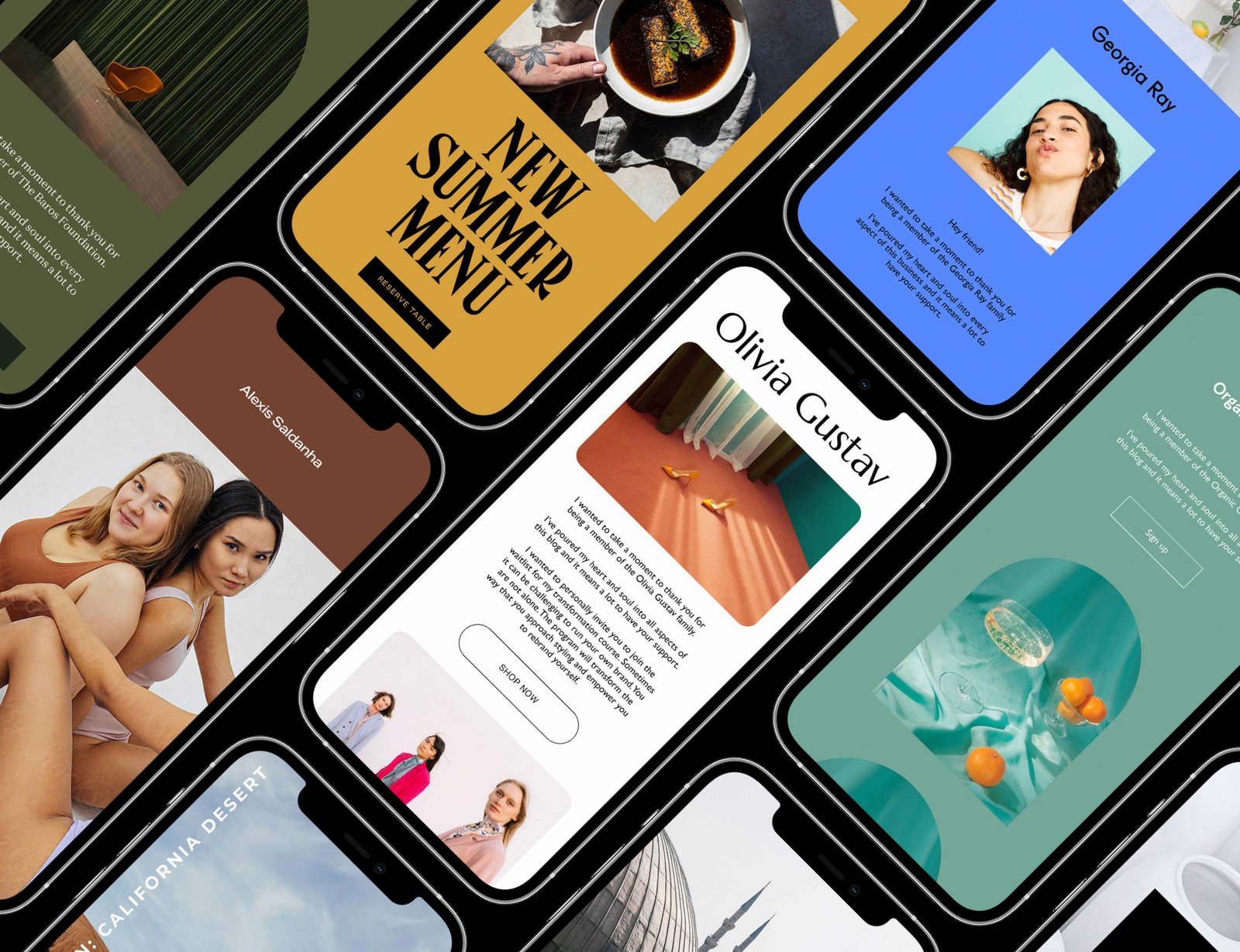
As advancements in technology march forward, so do the evolving trends in email marketing. Keeping pace with these shifts is essential for brands to maintain their competitive edge.
Engaging Elements
Integrating engaging components like polls or quizzes into welcome emails can significantly enhance subscriber interaction. This dynamic approach invites readers to get involved, offering valuable insights that help tailor future communications.
AI and Automation
The utilization of artificial intelligence in email marketing is on the rise. Deploying AI-driven algorithms allows brands to customize content according to user behavior, crafting personalized welcome emails that truly connect with subscribers.
Incorporating Video
Video is becoming a key player in marketing tactics, and welcome emails are not being left behind. By embedding captivating videos that highlight the brand or demonstrate product advantages, you can create a memorable introduction for new subscribers.
Final Thoughts
Ultimately, welcome emails serve as critical instruments for nurturing relationships, boosting customer interaction, and driving conversions. Acknowledging their significance and adopting best practices enables brands to design compelling welcome experiences that resonate deeply with their audience.
From personalization strategies and attention-grabbing subject lines to assessing performance data and adhering to regulations, every detail related to welcome emails should be carefully contemplated. As marketers push boundaries and evolve with consumer trends, the transformation of welcome emails will be instrumental in crafting exceptional customer journeys for the future. Embracing these techniques not only fosters a strong bond with new subscribers but also paves the way for enduring loyalty and triumph in today’s competitive digital realm.




